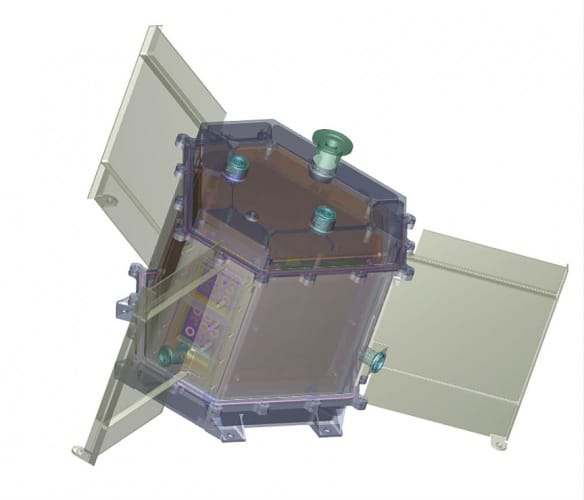C2I 2019: Alternative source of nuclear power represents lightbulb moment for space travel
The winning entry in our aerospace, defence and security category shows how electricity generated from a rare element could help power missions to the distant solar system for 400 years, while also addressing a long-term concern of the UK's nuclear industry

The RTG designed by the Leicester team uses americium derived from the UK's civil plutonium stockpile as its active element
Category: Aerospace and defence
Winner: UK Scientists generate electricity from rare element to power future space missions
Partners: University of Leicester, National Nuclear Laboratory & European Thermodynamics Ltd
Category Sponsor: High-Value Manufacturing Catapult
Britain has a unique problem – the world’s largest stockpile of civil plutonium. Built up over seven decades, almost 140 tonnes of the radioactive metal sit in secure storage at Sellafield, and are officially classified as nuclear waste. However, it is potentially a fuel for the nation’s nuclear power stations, but not in its current form. The question of what to do with the UK’s plutonium has dogged successive governments. The winner’s trophy for this year’s aerospace category has gone to Richard Ambrosi from the University of Leicester, who led a collaboration with the UK National Nuclear Laboratory (NNL) to extract a fuel from the stockpiled plutonium that could power humanity’s exploration of the distant solar system.
Register now to continue reading
Thanks for visiting The Engineer. You’ve now reached your monthly limit of premium content. Register for free to unlock unlimited access to all of our premium content, as well as the latest technology news, industry opinion and special reports.
Benefits of registering
-
In-depth insights and coverage of key emerging trends
-
Unrestricted access to special reports throughout the year
-
Daily technology news delivered straight to your inbox












Comment: The UK is closer to deindustrialisation than reindustrialisation
"..have been years in the making" and are embedded in the actors - thus making it difficult for UK industry to move on and develop and apply...